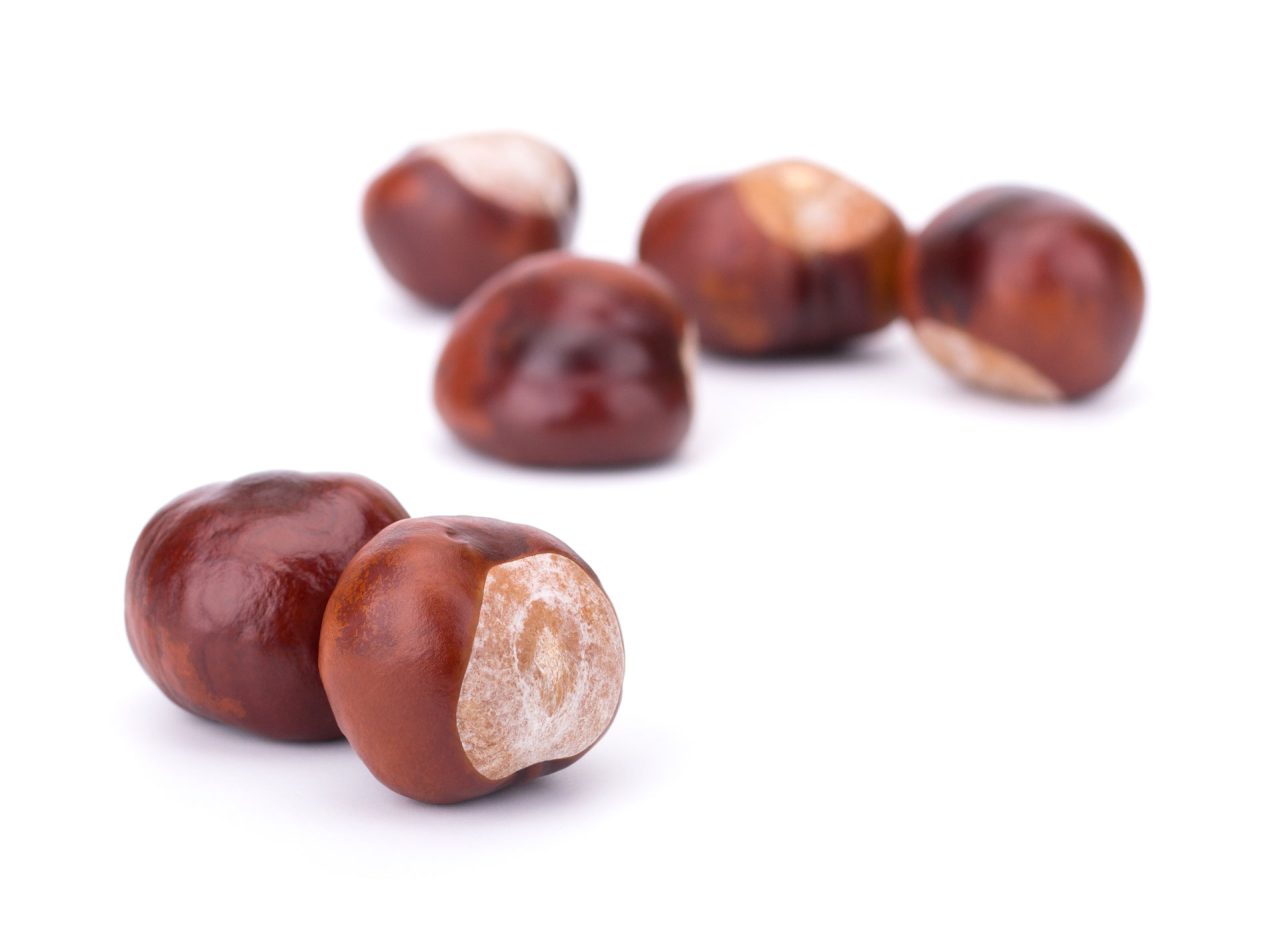What is gluten?
A flexible and viscous substance composed of two different plant-based proteins, glutenin and gliadin, combined with water.Gluten, It gives consistency to soups and sauces, and even to many dairy-based desserts, while adding structure and taste to pastries that we can’t. If there’s one thing we should definitely know about gluten, it’s that it’s used in the manufacture of many goods that we may not be aware of.
Gluten, Although it is a substance found in cereal grains such as wheat, oats, barley, and rye, it is used in products such as chewing gum, toothpaste, some cosmetics, and even detergents, for its thickening, moisture-retaining, and adhesive properties. It may sound strange, but to add flavor to the nuts, the salting process is carried out with the help of gluten. As it may be obvious, avoiding gluten is quite difficult.
As it may be obvious, avoiding gluten is quite difficult. One of the main reasons individuals avoid gluten is celiac disease, second comes gluten sensitivity, and third is valid health reasons such as dermatitis herpetiformis (a type of skin disease).
Gluten causes inflammation of the small intestine in patients suffering from certain diseases.. Ggluten freeThere is evidence that a diet can help with irritable bowel syndrome, neurological disorders such as gluten ataxia, type 1 diabetes, and neurological disorders related to HIV-associated enteropathy. However, contrary to the above, there is little evidence that a gluten-free diet provides health benefits.
More red meat, full-fat dairy products, starchy vegetables, sugar and fat, as well as a gluten-free diet, cause higher cholesterol levels and a higher intake of saturated fat, sodium and unwanted calories. If you don’t suffer from any intolerance, you can include a variety of nutritional gluten-free grains in your diet without going completely gluten-free.
The importance of colors and diversity in nutrition
1- Hangi tanelerin gluten içerdiğini ve hangilerinin yapmadığı hakkında bilgi edinin.
Learn about which grains contain gluten and which ones don’t. For example: Triticale is a cross hybrid of wheat and rye. Bu tür tahıllar, glütensiz olarak belirtilmedikçe bazen çapraz kontamine olabilir. Such grains can sometimes be cross-contaminated unless specified as gluten-free.
Gluten-free grains: millet, oats, quinoa, amaranth, rice, wild rice, buckwheat, sorghum and teff.
2- Get rid of gluten-containing products in the kitchen
Tüm paketlenmiş ve işlenmiş yiyeceklerin beslenme etiketleri için buzdolabınızı ve kilerinizi, ayrıca buğday unu gibi bariz ürünlerin yanı sıra kontrol edin. Check your fridge and pantry for nutrition labels for all packaged and processed foods, as well as obvious items like wheat flour. However, it can also be found in snacks, sauces, salad dressings, and breakfast cereals.
3- Glütensiz tarifleri bulun ve alışveriş listenizi buna göre hazırlayın
3- Find gluten free recipes and prepare your shopping list accordingly This is your chance to add these nutrient-rich foods to your diet. A gluten-free diet doesn’t have to be a starch or grain-free diet. Corn and potatoes help you meet this need. Meats, legumes, fruits and vegetables are naturally gluten-free. Perhaps a gluten-free diet will help you meet your daily needs for 5-7 servings of fruits and vegetables.
4- Glütensiz ürünleri satan süpermarketler veya web sitelerini keşfedin ve okuma etiketlerinizi yapın
4- Explore supermarkets or websites selling gluten free products and make your reading labels and may have a different flavor than what you might use. After a little trial and error and getting used to the flavor, you’ll be able to easily choose the products you want. Make sure you read the labels. Gluten-free products can occasionally contain high levels of refined carbohydrates, fats, sugars and salts, just like their gluten-containing counterparts, but
lower protein content. You may prefer such products from time to time for something different for taste, but it should not always be preferred.
5- Adopt a gluten-free lifestyle outside of your home
Once you’ve turned your home into a gluten-free haven, it’s time to find ways to stay gluten-free, out and about. The starting point is to raise awareness among those close to you. Your family and friends may not understand unless you explain it to them. Some may be more understanding than others. Focus on the positives rather than the limitations, and explain how you feel or make you feel better. Eating out has become easier now, as more restaurants are adding gluten-free alternatives to their menus. You can even look at the restaurant’s menus online and get information ahead of time.








